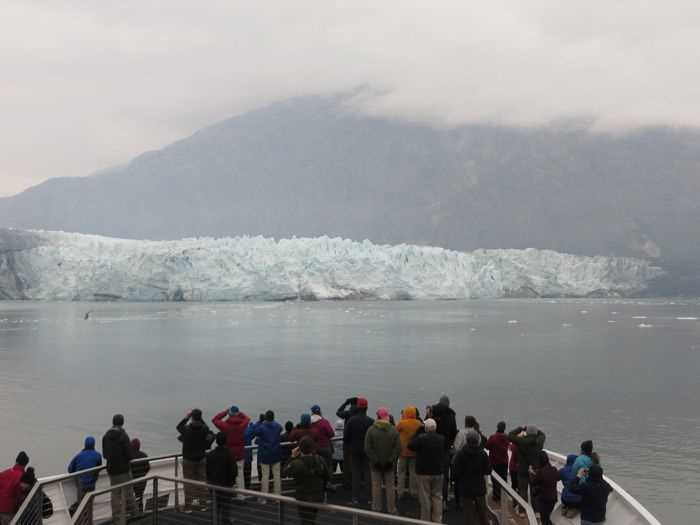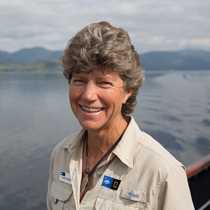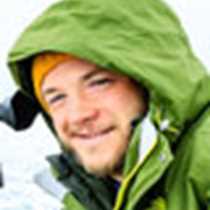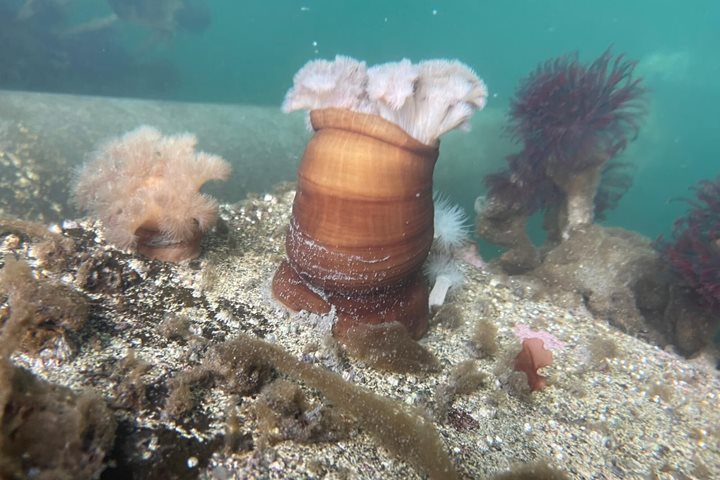Morning found us at the Bartlett Cove dock in Glacier Bay National Park, starting our day with a pre-breakfast walk. A forest trail adjacent to the Park Visitor Center provided a chance to walk through the temperate rainforest, a mossy, green forest dripping with lichens. Hermit and varied thrushes called in the quiet of the morning.
National Park Service Ranger Jacob McFee and Alaska Native Voices Cultural Interpreter Mamie Williams joined us in Bartlett Cove, sharing their knowledge and understanding of the park throughout the day as we explored into the distant end of Glacier Bay. Mamie welcomed us with a traditional Tlingit song, followed by Ranger Jake’s introduction to Glacier Bay. Glacier Bay was carved by glaciers during the Little Ice Age, with the furthest extent of the glacier reaching ocean water in the mid-1700s. At that point the ice retreated, leaving behind a glacially sculpted landscape, and the deep Glacier Bay where once there was land.
Early in our excursion into Glacier Bay, we passed South Marble Island. The small island is home to a thriving Steller sea lion colony. Numerous birds reside there in summer, including tufted puffins, cormorants, and common murres. Shortly after, we detoured up Tidal Inlet, where a brown bear fed along the intertidal zone, scraping barnacles off rocks and searching for clams and crabs under rocks. Around the corner from Tidal Inlet, mountain goats were perched on the crags of Gloomy Knob. Their specialized hooves allow the goats to easily travel across the rocks and cliffs, where they find a home away from predators such as wolves and bears.
We continued up into Glacier Bay, passing Reid Glacier, named for geologist Harry Fielding Reid who studied Glacier Bay’s glaciers in the 1890s. The occasional sea otter floated past as we sailed on, arriving at the far end of the Bay with both Margerie Glacier and Grand Pacific Glacier in view. Grand Pacific appears as a dirt and rock-covered hill, due to the amount of debris the ice picks up in the softer bedrock of the valley it runs through for 35 miles. In contrast, Margerie Glacier presented us with a spectacular 250-foot-high wall of ice. Occasional chunks crashed off the glacier face, a spectacular display.
In the late afternoon, both Mamie and Ranger Jake gave talks about their experiences and connections with Glacier National Park. Recap included a graduation for Junior Rangers who studied and completed the Junior Ranger Program. The sighting of a black bear on the shore interrupted recap. Wildlife abounds in this beautiful part of the world.









